I just swapped my Galaxy S25 Ultra for a Pixel 10 Pro XL – here's how it's going
Samsung or Google? The flagship phone battle is on
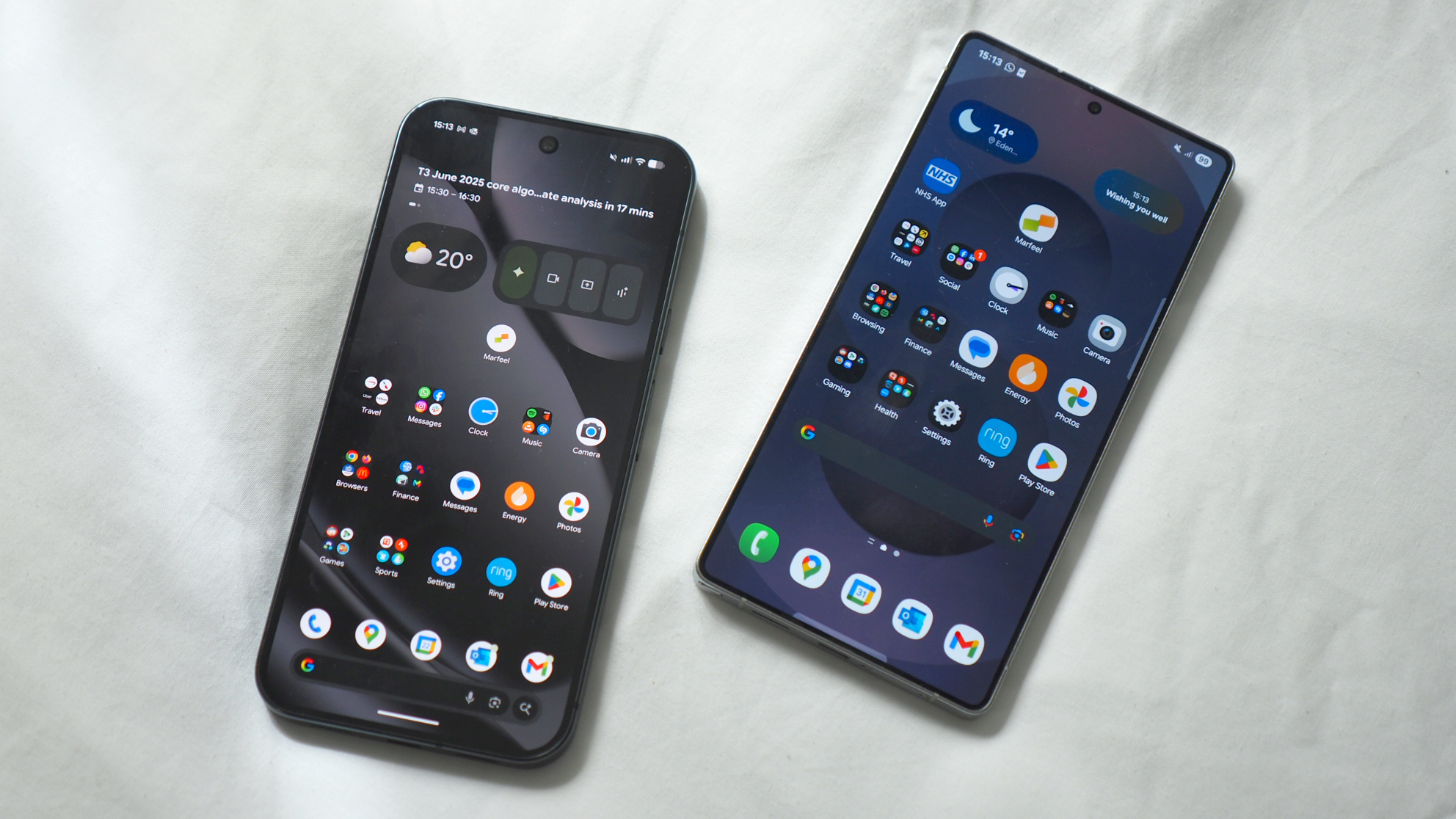
I've been reviewing the best phones for many years, swapping between handsets on an almost weekly basis as part of my job as Tech Editor. And I've just swapped my Samsung Galaxy S25 Ultra for the latest Google Pixel equivalent handset.
This week, an altogether different Made by Google event – hosted by Jimmy Fallon – doubled down on Google's reveal of the Pixel 10 series, celebrating this particular Android phone series' 10th anniversary.
You may have seen hands-on commentary from sites in the States about these new phones already. Here in the UK, however, we didn't have the same event-based access – but ahead of a full Google Pixel 10 Pro XL review (for which I'm under embargo), I've switched over from Galaxy to Pixel.
It's no secret that I think of the Samsung the best phone of 2025 – it won the T3 Awards 2025 Best Phone category – but I was also an avid fan of the previous-gen Pixel 9 Pro XL.
While I can provide no more than surface commentary for comparison at this stage (given the paperwork I've signed), here's how things are going thus far with Google's latest flagship phone, the Pixel 10 Pro XL...
Design: Curved or Squared?
| Row 0 - Cell 0 | Samsung Galaxy S25 Ultra | Google Pixel 10 Pro XL |
Display | 6.9-inch AMOLED, 19.5:9 aspect, 120Hz refresh, 2600 nits peak brightness, 1440 x 3120 pixels | 6.8-inch OLED, 20:9 aspect, 120Hz refresh, 2200-3300 nits brightness, 1344 x 2992 pixels |
Dimensions | 162.8 x 77.6 x 8.2mm (6.41 x 3.06 x 0.32in) | 162.8 x 76.6 x 8.5mm (6.41 x 3.02 x 0.33in) |
Stylus | Yes, S Pen included (stows in body) | Not officially supported |
As I write this, I've also got Google's previous Pixel 9 Pro XL on my desk. It's identical in size and shape to the Pixel 10 Pro XL, so if you liked the previous model then the new one poses no surprises – although the rear camera unit is now even larger, given the upgraded camera spec.
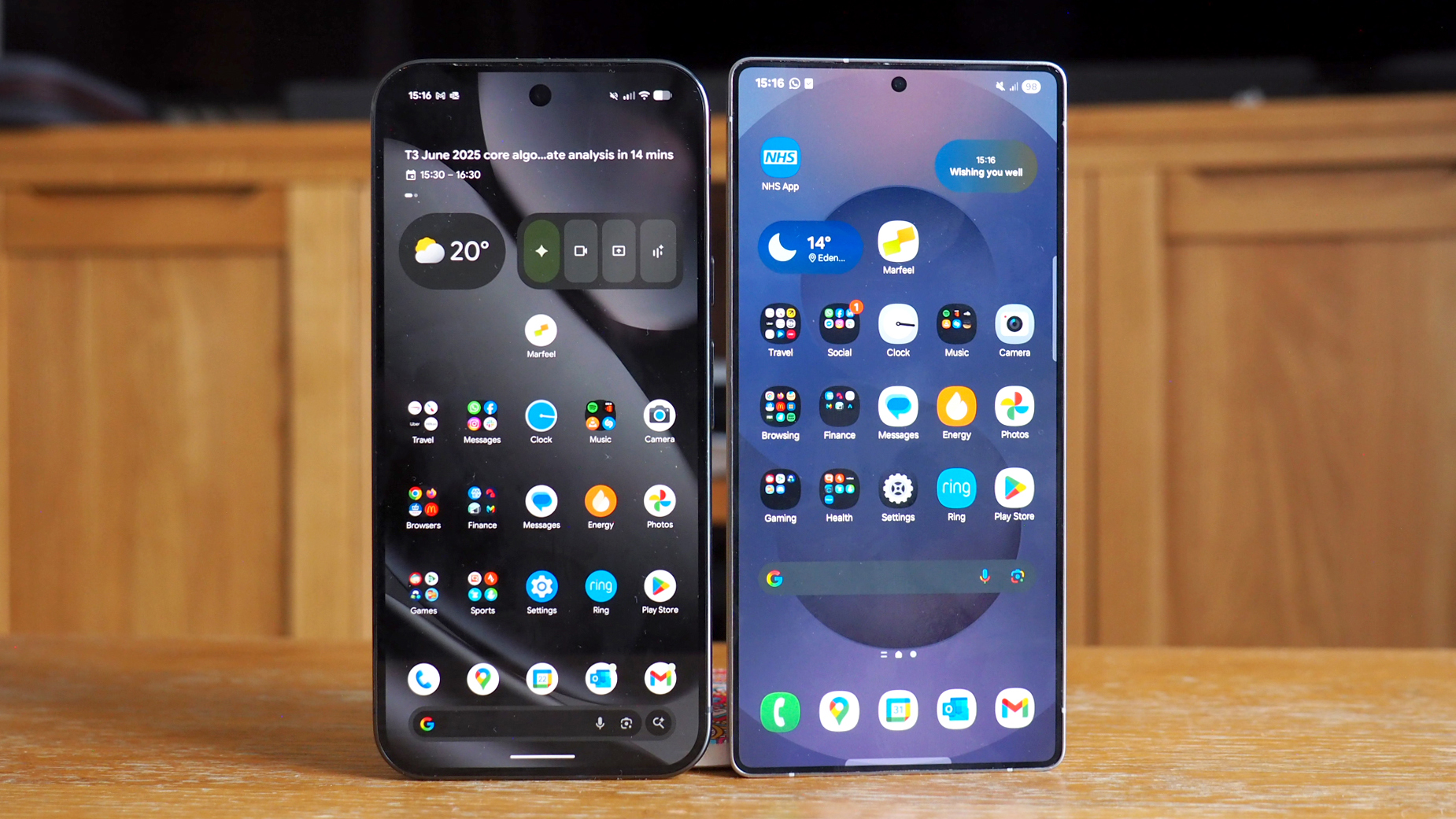
Compared to the Samsung Galaxy S25 Ultra, the Google is much more rounded to its edges, giving a softer visual aesthetic. Both have flat screens, though, so there's no bother with edge distortion or any such downside. The Samsung is barely any larger, but its display technically is – on the grounds of it being more square.
Get all the latest news, reviews, deals and buying guides on gorgeous tech, home and active products from the T3 experts
Technically, the Google's display is the brighter of the pair, but its software – as with its predecessor – seems to preference lower brightness levels than the Samsung. The Galaxy is also the more pixel-dense of the pair, by a small degree.
An obvious S25 Ultra benefit is the handset's built-in stylus, known as the S Pen, which is a real point of distinction for this device, which many favour. Google offers no official stylus compatibility – not to a complex pressure-sensitive degree, anyway.
Software: Android raw or One UI?
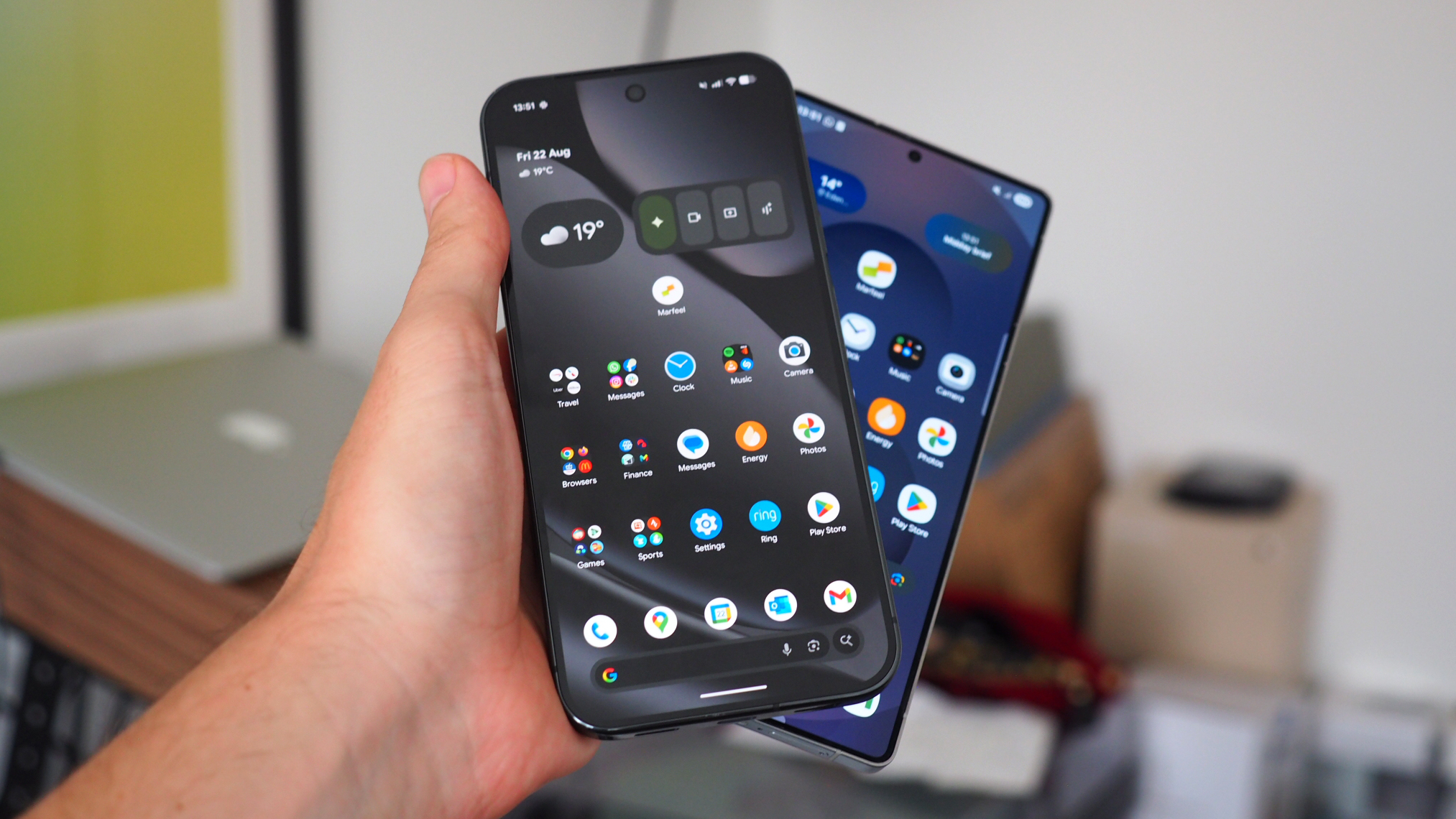
Google is the father of Android, so its handsets always get the latest and greatest version of the unadulterated software. In the Pixel 10 Pro XL that's Android 16, while the Galaxy S25 Ultra – which I've just updated, from a 1 June 2025 patch – is on Android 15.
While Android 16 will come to many others phones – check out which, here – I am already loving the latest software. From the small icon options, to the sound effects, updated Material Design 3 open-source visuals – it's just a lovely-looking interface.
That said, I've long been happy with Samsung's One UI skin over Android, too, which is an essential for features such as S Pen compatibility. It's not quite as modernised and refined as the Google take, and there's a secondary Galaxy Store in addition to Google Play, but it's otherwise a neat and tidy system.
A camera war is brewing
| Row 0 - Cell 0 | Samsung Galaxy S25 Ultra | Google Pixel 10 Pro XL |
Main camera | 200-megapixel, 1/1.3in sensor, f/1.7 aperture, optical stabilisation (OIS) | 50-megapixel, 1/1.3in sensor, f/1.7 aperture, optical stabilisation (OIS) |
Wide camera | 50MP, 1/2.5in, f/1.9, autofocus (AF) | 48MP, 1/2.55in, f/1.7, autofocus (AF) |
Zoom camera | 5x zoom: 50MP, 1/2.25in, f/3.4, OIS, AF / 3x zoom: 10MP, 1/3.52in, f/2.4, OIS | 5x zoom, 48MP, 1/2.55in, f/2.8, OIS, AF |
Selfie camera | 12MP, f/2.2, AF | 42MP, f/2.2, AF |
At the time of writing, I've not yet taken a single photo with intent using the Google Pixel 10, so I'm reserving judgement on how good this camera will be (a long weekend will help with that). But the previous Pixel 9 Pro XL was impressive – and the new version only looks to be better.
I do love the S25 Ultra's camera offering, though, but it's beginning to appear a little dated. It uses four rear cameras, compared to the Google's three, but one of these mid-level zoom lenses, at a mere 10-megapixels, isn't really bringing much to the party anymore.
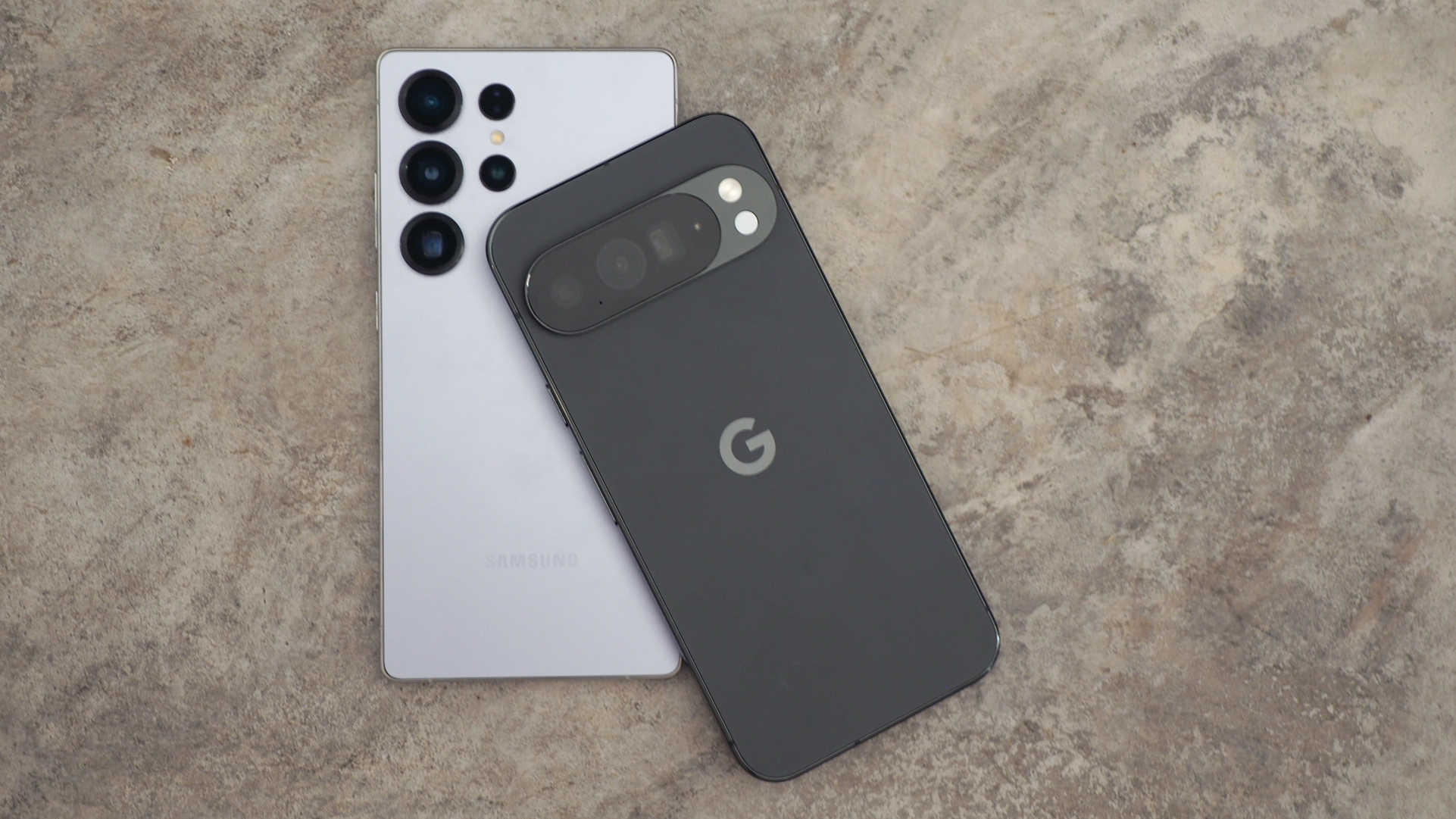
Both devices deliver a true 5x optical zoom, both offer high-resolution wide-angle, and both have a wide-aperture main camera too. The Galaxy is the higher-resolution of them, interestingly, but that 200-megapixel outfit by default is used to oversample and deliver lower-res results.
A lot of the camera war that's coming is related to AI, or artificial intelligence. Computational photography, on-device and cloud processing, a variety of editing and suggestion tools, are increasing aspects to a phone-camera's sell. And both Google and Samsung are at the top-end of what's available – from removing objects from a shot, to reframing, auto-lighting, or bringing out unseen details in low-light images.
I suspect the sky's the limit from both brands in what'll come in the future, as there's plenty of scope for over-the-air software (OTA) updates to bring ongoing upgrades and new features in the camera department.
Speaking of AI...
| Row 0 - Cell 0 | Samsung Galaxy S25 Ultra | Google Pixel 10 Pro XL |
Processor | Qualcomm Snapdragon 8 Elite 'for Galaxy' | Google Tensor G5 |
RAM | 12GB/16GB | 16GB |
Battery | 5000mAh | 5200mAh |
Charging | 45W wired, 15W wireless | 45W wired, 25W wireless |
Google is keen to say that its all-new Tensor G5 chip is a game-changer – it says so in an official blog post – set to take the Pixel 10 series up a notch.
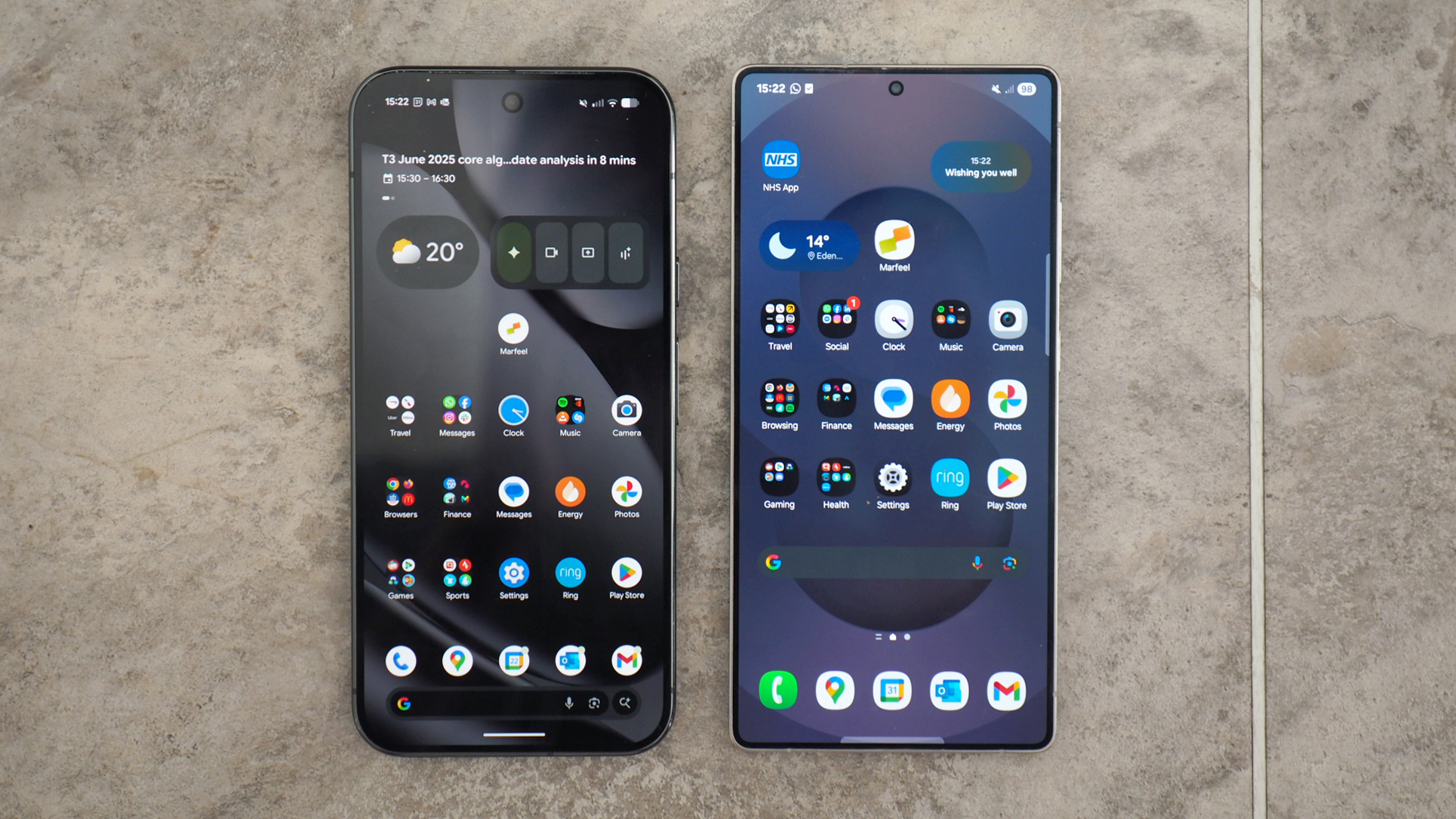
But Samsung's use of its overclocked 'for Galaxy' Qualcomm Snapdragon 8 Elite chip is certainly no slouch. And there's more RAM in the top configuration too.
The big driver of these chips bring is more enhanced AI features. And given the onus being put on Google's Gemini system – something that even Samsung uses – that's a clear feature focus everywhere right now.
There will doubtless be benchmarking comparisons against this pair, but with big batteries and similar charging specs, plus software optimised to extend life, it's yet another close-run case.
Pricing: Wait for Google or go with Samsung now?
As with any product, pricing is a major factor in your consideration. Here's where, inevitably, that gets a little confusing – as the Pixel 10 Pro XL isn't even out yet (on-sale date is 28 August), while the Galaxy S25 Ultra has been on the shelves since February.
That more-than-six-month lead has seen the Samsung handset drop to a lower price than its £1,249 / $1,199 / AU$1,949 initial offer. By comparison, the Pixel 10 Pro XL is set at £1,199 / $1,199 / AU$1,999 – marking both handsets as mighty similar.
I suspect your network provider (if you're on contract) or availability of another handset to trade in may become a factor in which could make best sense for you. While the Samsung is cheaper to buy outright, network deals aren't always as generous with month-on-month plans.
Flip a coin? It's looking like a really tight-run battle between this pair in the quest to be the best Android phone of 2025 and going into 2026. From physical scale, to performance potential, and cameras, both devices offer a similar outlay at a similar price. The Samsung, however, is the only one with a stylus feature – and that, for some people, will be the clincher.

Mike is T3's Tech Editor. He's been writing about consumer technology for 15 years and his beat covers phones – of which he's seen hundreds of handsets over the years – laptops, gaming, TV & audio, and more. There's little consumer tech he's not had a hand at trying, and with extensive commissioning and editing experience, he knows the industry inside out. As the former Reviews Editor at Pocket-lint for 10 years where he furthered his knowledge and expertise, whilst writing about literally thousands of products, he's also provided work for publications such as Wired, The Guardian, Metro, and more.
You must confirm your public display name before commenting
Please logout and then login again, you will then be prompted to enter your display name.
